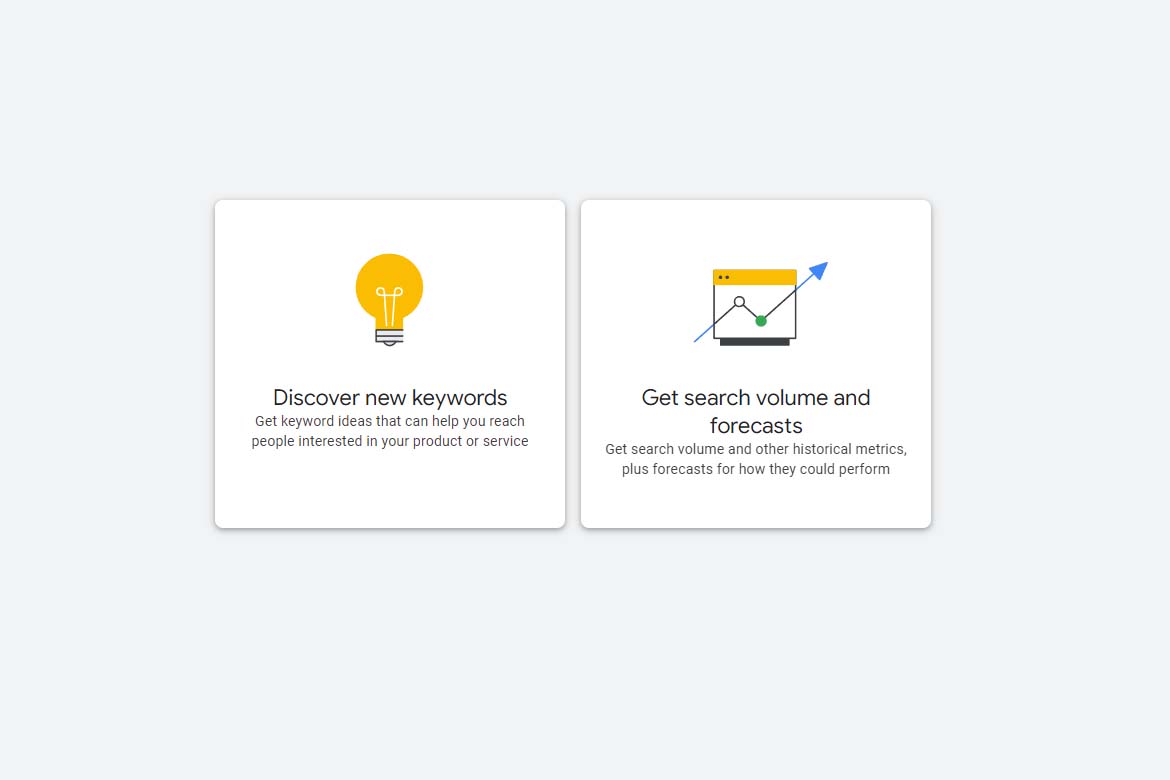As a population, we’re becoming more aware of the power that our individual choices hold and how our actions impact the planet.
Unfortunately, internet usage is actually a major contributor to carbon emissions. Considering how reliant we are on the internet for both business and personal use, that is quite a bitter pill to swallow.
According to Eco-Friendly Web Alliance, approximately 3.7% of global carbon emissions are due to internet usage. This will almost certainly increase in the coming years with an ever-expanding digital infrastructure and as people increasingly want to use online services.
Here are a few changes that you can implement on your website to make it more sustainable.
Optimise your images
Images (particularly high-resolution photographs) compose a large portion of the average web page’s size. This is probably the number one sustainability concern with most websites we work on. Luckily, by simply optimising your images you can reduce the size of your site that a user has to load. Always remember to check the images you use on your website are the correct size.
Use ‘Lazy load’ for content where appropriate
If you think of website pages that have dozens of news stories, blogs or other resources, many of these will have accompanying image thumbnails. Downloading everything at once can be very wasteful.
Lazy loading is the technique of delaying the upload of objects until they’re required.
An example of this could be showing only 4 portfolio items and having the other items load as a user scrolls down the page.
Videos
Another performance- based consideration. If it’s not images causing an issue as we mentioned above it’s videos.
The use of videos has boomed in recent years mainly owing to their effectiveness for engagement and success in capturing users with a low attention span.
To be more conscientious, limit the videos on your site to what’s absolutely necessary and use the lowest resolution as is feasible.
Embed videos directly into your site and don’t set them to autoplay. Also, look at background videos and consider if they are essential. Background videos are automatically playing once the user scrolls on them.
Have a caching solution for your website
This will mean that if a user views several pages or visits the site multiple times, they don’t need to re-download the objects shared between pages. This will include site-wide CSS, JavaScript files and certain components such as headers and footers.
By using caching effectively, you will significantly reduce the number of requests made to the web server by people who view several pages. This is especially important for sites that encourage repeat sessions with many page views where these changes can make a huge difference over time.
Choose greener hosting
Web hosting is a very energy intensive operation. When it comes to controlling emissions, some hosting providers are doing a lot more than others.
A number of years ago when choosing hosting companies you would have considered their reliability, security and let’s be honest, the price. Now you should also consider their sustainability compared to competitors. Find out what they do to offset energy and how they run their data centres.
A lot of hosting providers now provide sustainability policies which means you can see how seriously they are taking environmental issues.
And finally…
Together we can create and build a sustainable and greener internet. By taking the steps we have recommended in your projects we will be on our way to achieving better sustainability and if we all take conscious steps towards better design and development practices we will help to reduce the impact that websites have on the planet.
What steps do you currently take with your websites to make them more sustainable and what more could you be doing?
If you enjoyed reading this blog, why not check out the other articles on our website.





